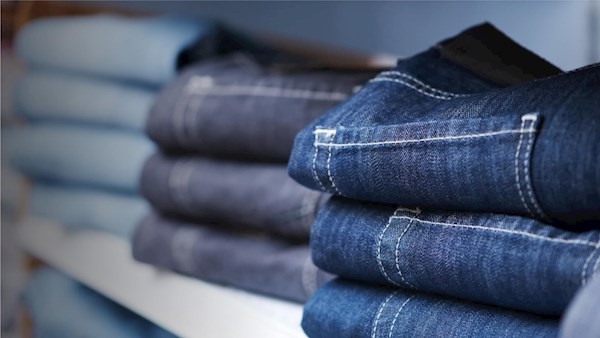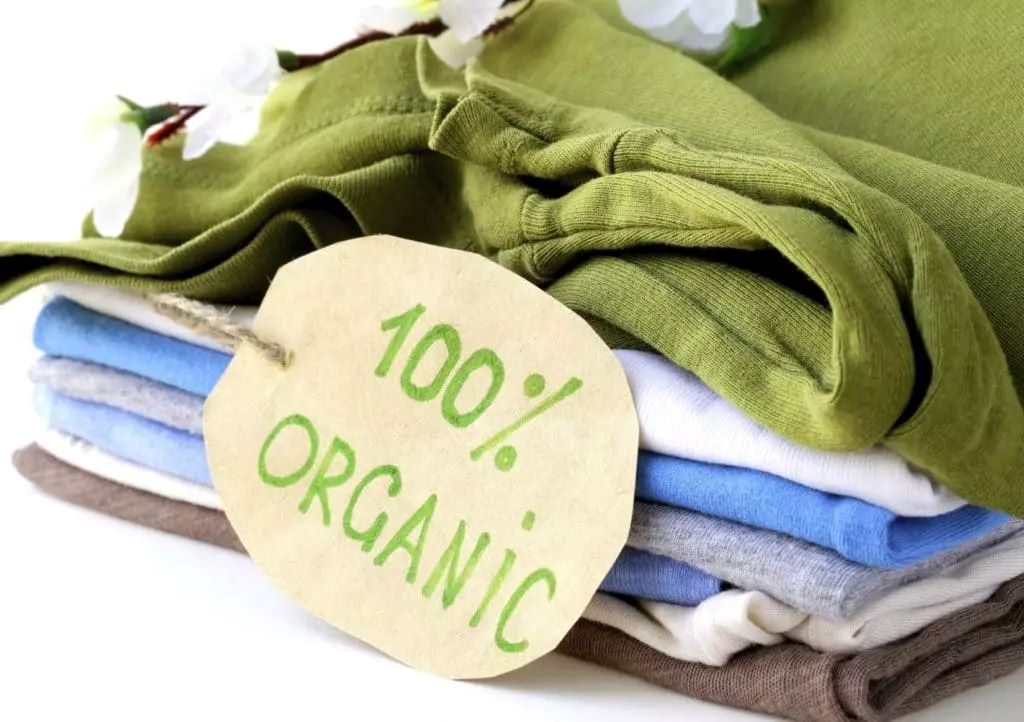
The China-Pakistan Free Trade Agreement (FTA), implemented in 2020, has become a game-changer for both nations, particularly in the textile, apparel, and fashion industries. Bilateral trade has soared, with data highlighting significant growth in both imports and exports especially in textiles and apparel segment. This trend is poised to reshape Asian trade dynamics and holds promising prospects for the future.
Impact on trade
The FTA has given a huge push to trade between the two nations. As per Trade Development Authority of Pakistan stats, textile, apparel and fashion (TAF) exports from Pakistan went up 23 per cent in 2023, reaching $5.8 billion. Similarly, as per China’s General Administration of Customs, textile and apparel exports to Pakistan increased 18 per cent in 2023, reaching $4.2 billion.
The impact of the FTA is evident in the rising trade figures
| Year | China's Exports to Pakistan (TAF) | ($ billion) | Pakistan's Exports to China (TAF) | ($billion) | Growth in Pakistan's Exports to China (%) | ||
| 2021 | 4.2 | 2.5 | - | ||||
| 2022 | 5.1 | 3.2 | 28% | ||||
| 2023 (estimated) | 5.8 | 4.0 | 25% |
The textile and apparel sectors are the primary drivers of this growth. Pakistan's exports to China in these categories increased 37.5 per cent from 2020 to 2022, driven by competitive pricing, high-quality cotton, and skilled labor. Meanwhile, China exports textile machinery, synthetic fibers, and other raw materials to Pakistan, fostering a mutually beneficial partnership.
Pakistan's fashion exports to China witnessed a remarkable 35 per cent jump in 2023, exceeding $1.2 billion states Pakistan Bureau of Statistics. Chinese investment in Pakistani fashion brands and manufacturing is on the rise, with several notable collaborations announced in 2023.
Key growth drivers
The boost in trade is due to many factors. The FTA phased out tariffs on most TAF products, making them more competitive in each other's markets. Over 7,000 Pakistani products are now tariff free, in the Chinese market. This has empowered Pakistani TAF businesses to gain market share and diversify their export portfolio.
Chinese investments in Pakistani textile infrastructure and joint ventures too are fostering deeper integration along the TAF value chain. Pakistani TAF exports benefit from preferential access to China's vast consumer base. The China-Pakistan Economic Corridor (CPEC) offers efficient land and sea routes for trade. Meanwhile the China-Pakistan TAF trade boom might reshape Asian trade dynamics. Pakistan could emerge as a strong competitor to established textile hubs like Vietnam and Bangladesh in the Chinese market.
Challenges and considerations
However, while trade may have got a boost the ongoing political tensions between regional players could disrupt trade flows and hinder long-term cooperation. Pakistan needs to further develop its infrastructure and logistics to fully capitalize on the FTA's benefits. Also, ensuring fair labor practices and environmental sustainability will be crucial for the long-term success of the China-Pakistan TAF partnership.
Regional trade dynamics
This burgeoning China-Pakistan trade relationship has the potential to reshape Asian trade dynamics. As it will result in reduce dependence on traditional western markets. Both nations can diversify their export destinations and lessen reliance on developed economies. It will also boost regional integration. Increased trade flows within Asia could lead to further economic cooperation and infrastructure development. Increased collaboration between China, Pakistan, and other Asian nations could strengthen the regional TAF industry.
It will also create new opportunities as the rise of a combined China-Pakistan textile and apparel powerhouse could attract new investments and create jobs across the region. However, other Asian TAF producers might face pressure to adapt and diversify their offerings.
Meanwhile experts predict sustained growth in China-Pakistan TAF trade, fuelled by increasing demand, favorable trade policies, and ongoing investments. And Pakistan's focus on textile automation and skill development, coupled with Chinese technological expertise, could lead to a more advanced and competitive TAF industry. Another point to ponder is growing consumer awareness regarding sustainable practices is pushing both countries to adopt eco-friendly production methods, creating opportunities for collaboration and innovation.
The China-Pakistan FTA is weaving a stronger Asian TAF trade landscape, with potential benefits for both countries and the region. Addressing existing challenges and capitalizing on future opportunities will be key to unlocking the full potential of this growing partnership.












